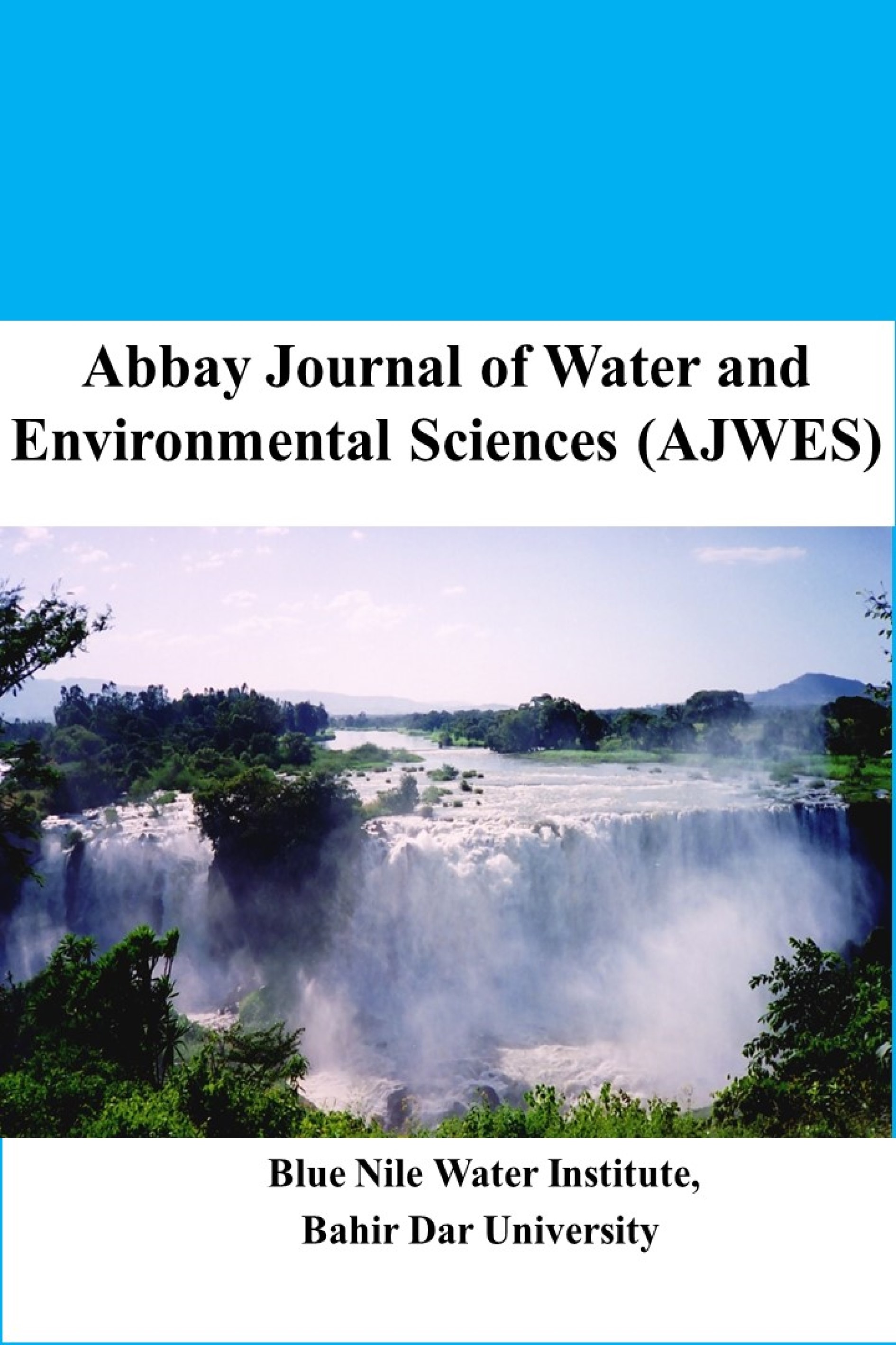Land Suitability Assessment for Surface Irrigation Using Geospatial Techniques, Shinfa River Basin, Ethiopia
Abstract
Assessment of potential lands suitable for surface irrigation techniques is vital for Ethiopia, where sustainable development is a desire of its people while the country has sufficient water resources and potentially suitable lands. This study aims to identify suitable land for surface irrigation in the Shinfa River basin, and Metema-Quara districts. The study used a combination of Geographic Information System (GIS), and Analytical Hierarchy Process (AHP) techniques to identify surface irrigation-suitability lands. Distance proximity (river, town, and road) and land features (LULC, major soils, soil characteristics, and slope) were the suitability factors. The results show that 1.64% (8,991.5 ha) of land is highly suitable and 69% (377,431.5 ha) of land is moderately suitable in the basin having a total of 5,467.3 km2 basin area. In the middle downstream of the basin, an 85,480-ha large-scale irrigation project was designed by Amhara Design and Supervision Works Enterprise (ADSWE) by providing storage at Gubay Jejebit Kebele. Referencing the proposed dam site, the downstream Metema-Quara district had 105,042 ha of suitable irrigation potential within the basin. However, only 38% of suitable land was proposed and designed for surface irrigation development. Therefore, to increase the irrigable land in the district, design extensions and other water source alternatives (diversion, groundwater, and rainwater harvesting) should be considered, and having large-scale suitable irrigation potential requires the implementation of irrigation projects for the better development of the country.
Copyright (c) 2024 Abbay Journal of Water and Environmental Sciences

This work is licensed under a Creative Commons Attribution-NonCommercial-NoDerivatives 4.0 International License.

